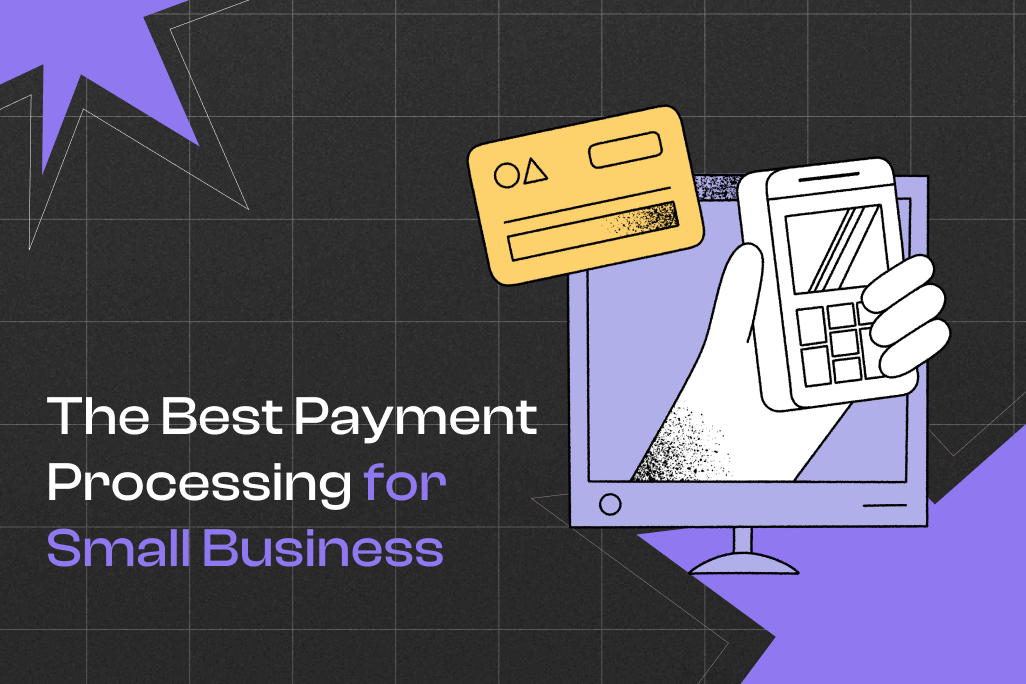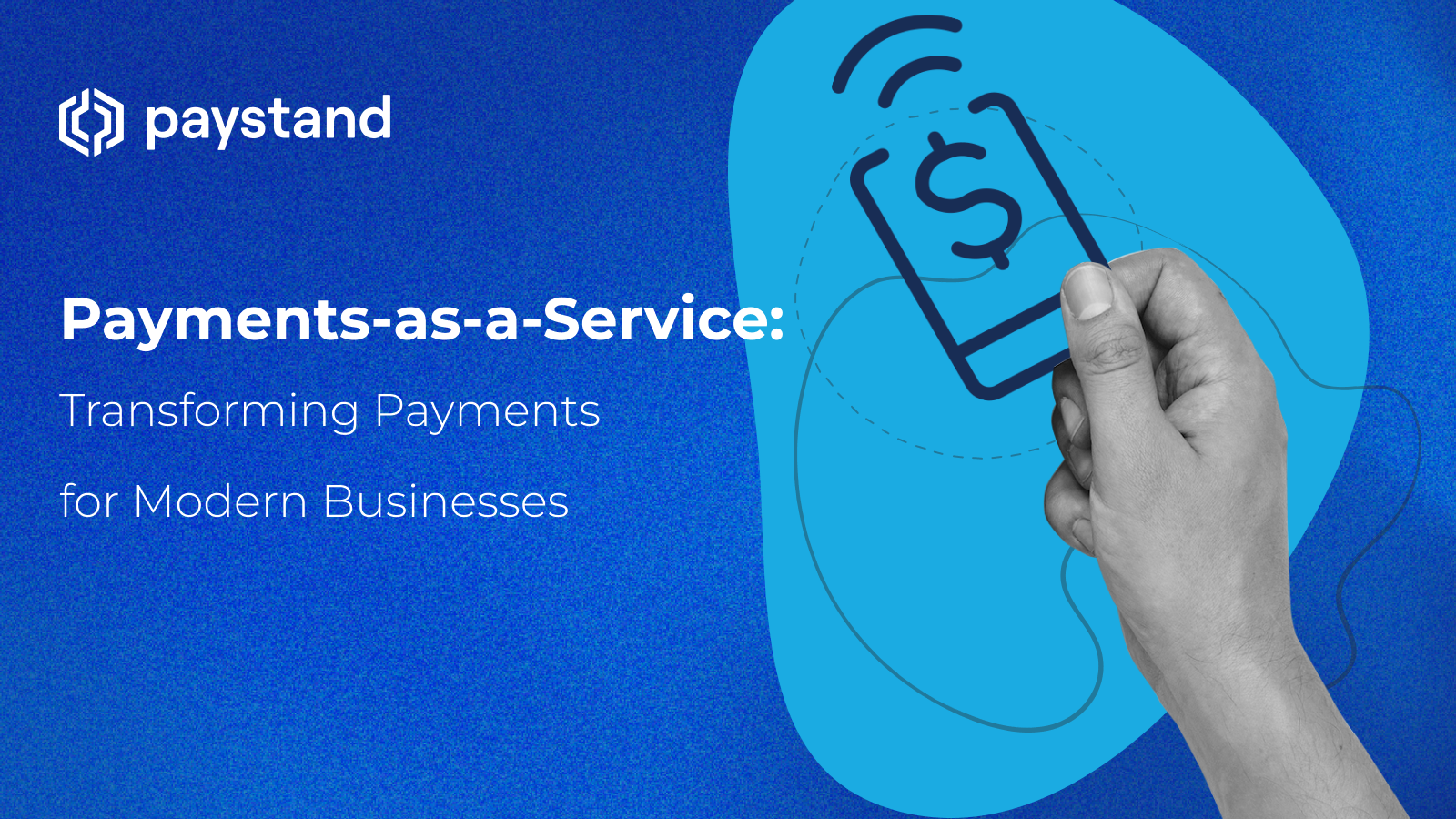In the increasingly cashless economy of today, companies—particularly small and emerging ones—are at the mercy of convoluted payment processing fees each time a customer swipes a card or makes an online purchase. Understanding what Constitutes Credit Card Processing Fees is crucial, as these seemingly insignificant charges can accumulate rapidly, eroding profit margins. This makes it imperative for merchants to obtain the lowest card processing fees without sacrificing the safety, convenience, or speed of credit card payment processing.

This manual takes you through the crucial strategies, equipment, and things to consider in order to maintain your processing costs at a manageable level. You are either just starting to accept payments or optimizing your current system, but regardless of your background, these points will assist you in streamlining your payment handling systems, bolstering online payment security, and ultimately, improving profitability.
What Constitutes Credit Card Processing Fees?
To get the most economical card processing fees, you should know what you’re paying for. Card processing fees usually come with three principal characters:
- Card Networks (Visa, Mastercard, American Express): They send assessment fees.
- Issuing Banks (your customer’s bank): They receive interchange fees.
- Payment Processors or payment solution providers: They add their own markup to process the transaction.
These fees vary depending on your business model, sales volume, type of transaction, and your merchant account services provider.
Types of Fees You’ll Encounter
- Transaction fees: A percentage + fixed amount per sale (e.g., 2.9% + 30¢)
- Monthly fees: For account maintenance or gateway access
- PCI compliance fees: To maintain secure online payments
- Chargeback fees: Costs associated with disputed payments
- Cross-border fees: For international payment methods
Understand this structure so you can ask the correct questions in comparing payment gateway providers or merchant payment solutions.
Best Practices to Get the Lowest Fees
Let’s dissect the best ways to minimize card processing fees:
Choose the Best Payment Gateway for Small Businesses

If you’re a startup or small business, your choice of payment gateway providers can make or break your bottom line. Look for a payment gateway integration that includes:
- Transparent, flat-rate pricing
No long-term contracts or cancellation fees
Secure online payment solutions built-in
Options for mobile payment solutions and payment terminals - Top choices include Stripe, Square, and Helcim all of which offer integrated payment solutions with simple onboarding and minimal overhead for small merchants.
Utilize Bundled Merchant Account Services
Other providers have the merchant account services as separate and bundled ones. Bundled products are more affordable and cut integration pains.
Implementing a single merchant payment gateway can also quicken the settlement of payments, which enhances cash flow and lowers credit dependence.
Utilize Online Payment Processing Services with Smart Pricing
Today’s online payment processing platforms employ dynamic routing and AI to reduce transaction fees by selecting the most cost-effective path for every payment.
Sophisticated systems evaluate card types, transaction levels, and geographies to select the best network enabling you to reduce credit card payment processing expenses in real time.
Seek out online payment systems that include analytics, machine learning, and chargeback mitigation tools.
Prioritize Secure Payment Methods and Compliance
PCI compliance is not a choice it’s a requirement. But reaching beyond minimum requirements for e-commerce payment security and secure gateways puts you ahead of the pack.
By employing:
- Tokenization
- Encryption
- Secure payment gateways
- EMV chip readers
- Biometric authentication
- You dramatically minimize fraud risk and steer clear of expensive chargebacks, a silent thief in your bottom line.
Automate with Automated Payment Systems and Invoice Payment Processing
Manual billing and reconciliation adds both labor expense and the opportunity for error. Adopting automated payment systems minimizes:
- Time invested in invoicing
- Late payments
- Data entry mistakes
If you invoice customers regularly, particularly in a B2B environment, make sure your platform accommodates invoice payment processing with digital links and auto-reminders. It’s best for service-based businesses, freelancers, and consultants.
Turn on Subscription Payment Processing for Recurring Revenue
Recurring billing models are becoming the norm across industries from SaaS and fitness to subscription boxes. Selecting the right subscription payment processing tool allows you to:
- Automate renewals
- Less churn with retry logic
- Deal with pricing tiers and upgrades
- Provide flexible billing cycles
- It also saves costs by batching charges and reducing transaction frequency.
Provide Alternative and Digital Payment Options
In today’s times, many consumers like to use digital payment options such as Apple Pay, Google Pay, or Venmo. Others are switching to cryptocurrency payment gateway solutions.
By providing alternative payment options, you can:
- Reduce card processing fees (particularly on mobile)
- Access younger and international audiences
- Improve conversion rates
- Diversifying your payment ecosystems reduces your dependence on high-fee card networks.
Accept International Payments Through Global Payment Solutions
If you’re selling internationally, it’s essential to accept payments in local currencies using global payment solutions. High cross-border fees and lower approval rates are associated with many international cards.
Seek out international payment processing systems that:
- Support local acquiring banks
- Utilize localized checkout flows
- Manage currency conversion
- Platforms such as Adyen, Checkout.com, and Payoneer are excellent choices for scaling internationally with fee-optimized rates.
Streamline P2P and Remote Transactions using Peer-to-Peer Payment Apps and Virtual Payment Solutions
For micro-businesses, artisans, or service-based business owners, employing peer-to-peer payment apps such as Venmo, CashApp, or Zelle can significantly lower fees. While virtual payment solutions provide remote acceptance by email or by phone, virtual terminal payment processing provides keyed-in transactions through a web browser the perfect applications for phone orders, support staff, and remote services.
Utilize a Programmable Payment Processing API for Custom Workflows
If you’re equipped with technical acumen or possess developers, the utilization of a custom payment processing API or API payment gateway gives you the ability to create bespoke experiences. Advantages include:
- More control over costs
- Custom fraud filters
- Streamlined payment flows
- Simplified payment system integration
This solution is ideal for platforms, SaaS products, marketplaces, or businesses with custom billing scenarios.
Keep an Eye on Your Business through Payment Analytics
Information is your best friend when attempting to decrease fees. The majority of contemporary online payment software includes payment analytics dashboards that illustrate:
- Average fee per transaction
- Domestic vs international payments breakdown
- Chargeback ratios
- Success and failure rates
Use this fact to negotiate higher rates or set your payment processing systems accordingly.
Leverage New Technologies with Payments as a Service
Payments as a service (PaaS) models are being adopted. Platforms offer infrastructure, analytics, and scalable tools that enable businesses to integrate payments seamlessly into their businesses.
Benefits are:
Lower start-up costs
Quicker integration of payment gateways
Availability of innovation such as BNPL, open banking, and immediate settlement
It’s an effective solution for multi-merchant environments and B2B businesses that provide B2B payment solutions or multi-merchant environments.
Learn Your Payment Terms and Conditions
Never enroll with a payment solution provider without reading their complete payment terms and conditions. Some major things to look out for:
- Volume minimums
- Early termination fees
- Tiered pricing models (which cost more)
- Reserve requirements for high-risk payment processing
Knowing your contract keeps you safe from surprise costs, particularly when dealing with high-risk providers for adult, CBD, or online gaming industries. payment processing pulvinar dapibus leo.
Future-Proofing with Upcoming Payment Trends
The future of payments is speedy, intelligent, and secure. Keeping pace with payment trends can assist you in forecasting customer behavior shifts and streamline your operations:
- Embedded payment solutions within software
- Fraud detection using artificial intelligence
- Real-time payments through RTP networks
- Central Bank Digital Currencies (CBDCs)
- Crypto as an mainstream choice
Investing in nimble digital payment solutions sets your company up for long-term success.

Final Thoughts
To earn the lowest card processing charges, companies need to be proactive, not reactive. By comprehending the entire payment processing fee landscape, selecting the correct tools, and adopting intelligent payment system integration, you can guard your margins while providing best-in-class customer experiences.
No matter if you’re optimizing for local sales or looking to grow internationally, your success hinges on:
- Selecting the most excellent payment processors
- Providing secure payment options
- Simplifying online payment processing services
- Tracking performance using payment analytics
- Embracing digital payment innovation
The correct strategy saves you money, but more importantly, it opens the door to international growth, brand confidence, and frictionless customer experiences.
FAQs
What is a credit card processing fee and why is it different?
Credit card processing fees for payment are fees imposed each time a card transaction is made. They consist of interchange fees (paid to the issuing bank of the card), assessment fees (paid to the card network), and processor fees (paid by payment solution providers).They vary based on card type, business risk level, industry, and your merchant account services contract.
How do I select the optimal payment gateway for small businesses?
Look for payment gateway providers that offer:
- Transparent pricing
- Easy payment gateway integration
- Secure payment gateways integrated
- Mobile payment solution and online payment processing service support
Stripe, Square, and Shopify Payments are some of the most used for small businesses.
Can I negotiate reduced payment processing fees with my provider?
Yes, If your volume of transactions is increasing or you’re in a low-risk business, most best payment processors will negotiate rates. Leverage your payment analytics to demonstrate performance indicators such as low chargeback percentages and high monthly sales to make your case stronger.
What’s the difference between a payment gateway and a merchant account?
A payment gateway handles the front-end aspect of payments—card information collection and encryption—and a merchant account is where your funds are being held until they settle into your company bank account. Combined payment solutions, both included, come with some providers.
What are secure online payments, and why are they necessary?
Secure online payments employ technologies like SSL encryption, tokenization, and PCI compliance to protect sensitive customer information. Spending in secure online payment systems protects you from fraud and also improves customer trust and chargeback fees.
How can I reduce fraud-related loss and chargebacks?
Use payment fraud prevention tools like:
- Address Verification Service (AVS)
- CVV verification
- 3D Secure authentication
- Real-time transaction monitoring
These solutions allow businesses using online payment systems or virtual payment solutions to block high-risk transactions.
Are there lower-cost options for high-risk industries?
Yes, but they typically require specialized high-risk payment processing businesses that understand industry-specific risks. They offer tailored solutions but with higher fees initially. There are still possibilities of cost-saving with improved fraud control and automated payment systems.
How do subscription businesses handle payments?
Subscription businesses benefit from subscription payment processing platforms with recurring billing, dunning management (for failed payments), and account management features. These are usually found in online payment software for SaaS or membership-based business models.
Do I accept cryptocurrency to lower fees?
Accepting crypto through a cryptocurrency payment gateway can lower fees in some regions or industries. Crypto payments also avoid chargebacks. However, they may introduce volatility and regulatory complexities depending on your location and business type.
What are the best practices for international payment processing?
When handling international payment processing, look for global payment solutions that offer:
- Multi-currency checkout
- Local acquiring banks
- Fraud protection tailored to global markets
Services like Adyen and Payoneer facilitate international payment methods with routing optimization to lower fees.
How can peer-to-peer apps benefit small businesses?
Peer-to-peer payment systems like Venmo or Cash App allow fast, low-fee micro-transactions or service-based businesses. While not the ideal means to scale, they’re fantastic alternate payment options with minimal overhead.
Why is it useful to use a payment API?
A payment processing API facilitates custom payment system integration in your website, mobile application, or platform. This offers full control of checkout experiences, reduces third-party charges, and maximizes your secure payment methods infrastructure.
